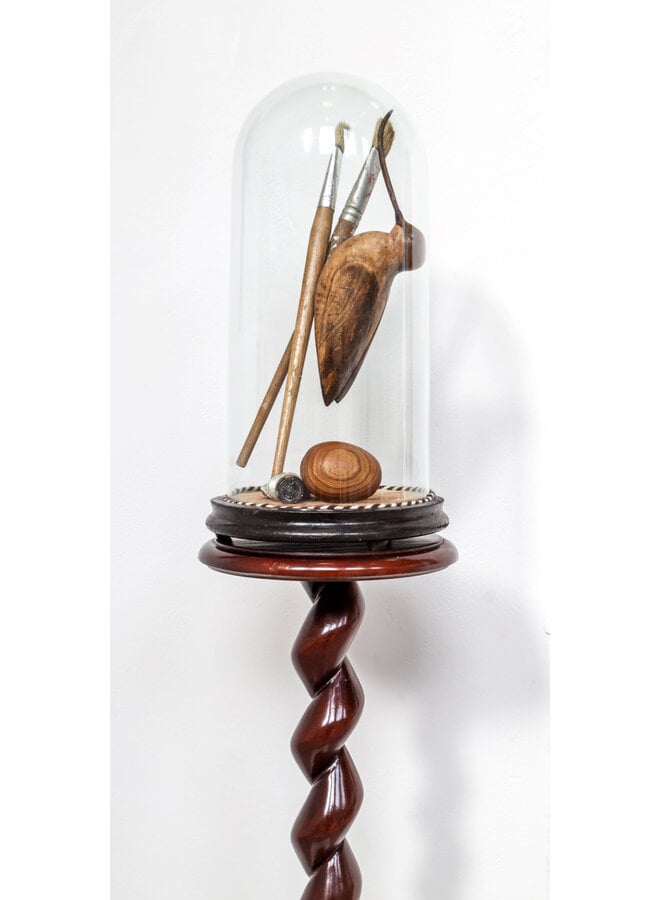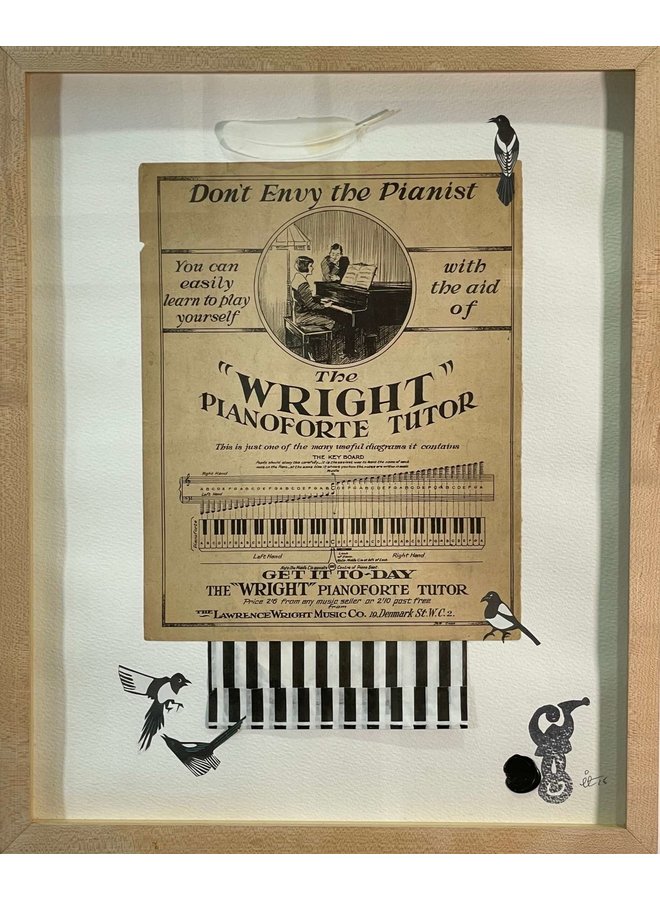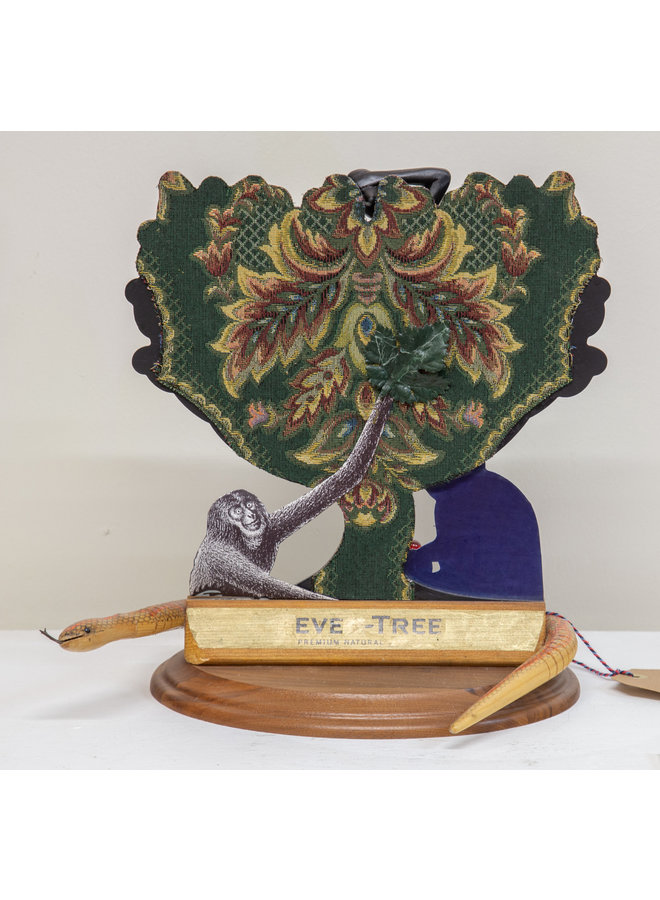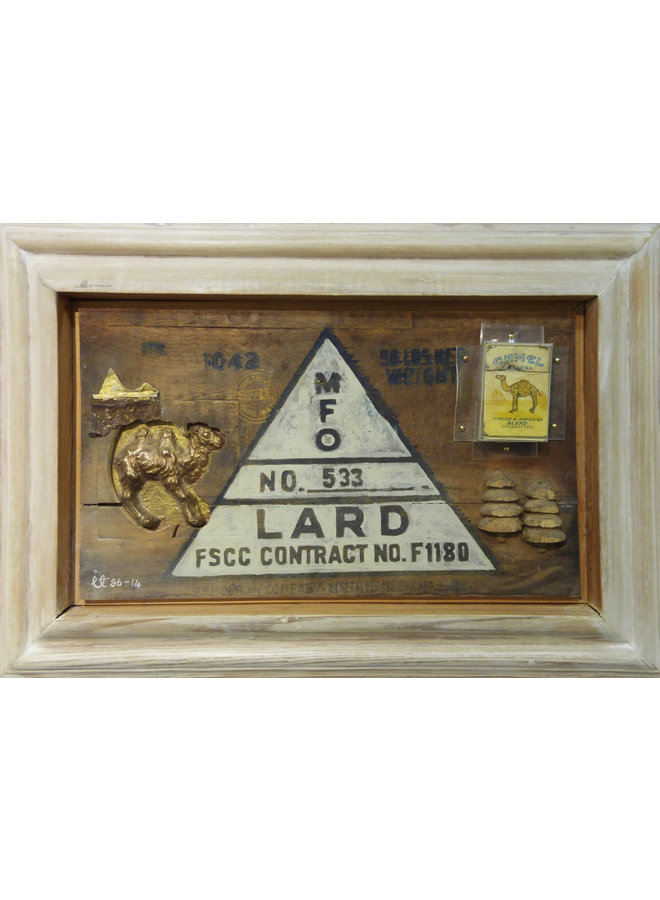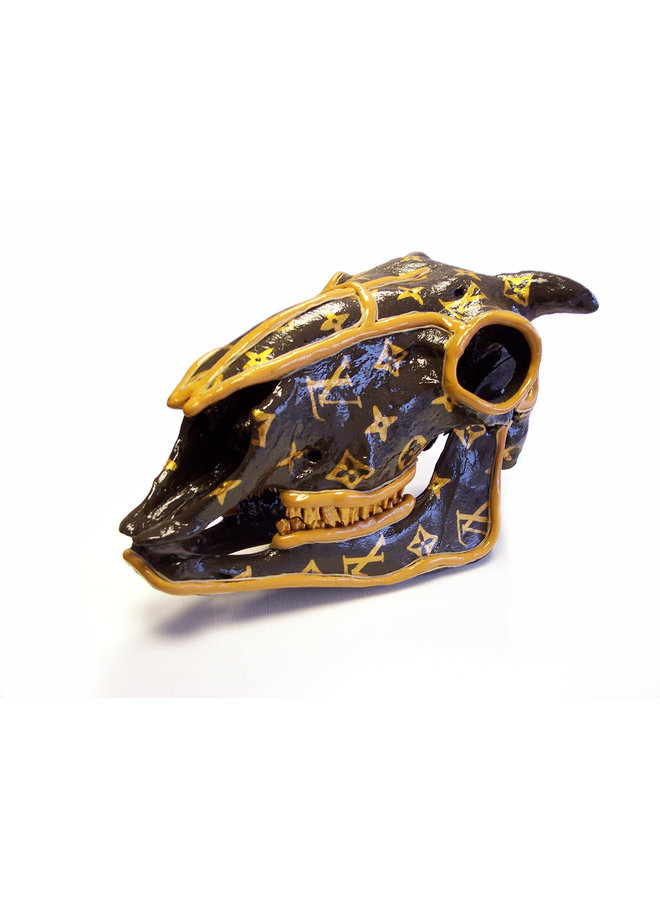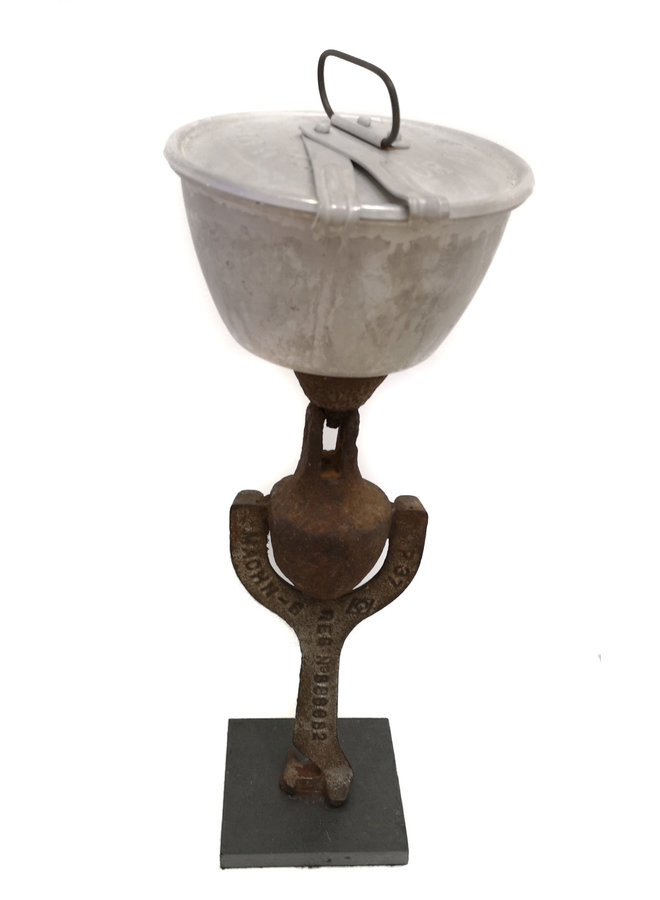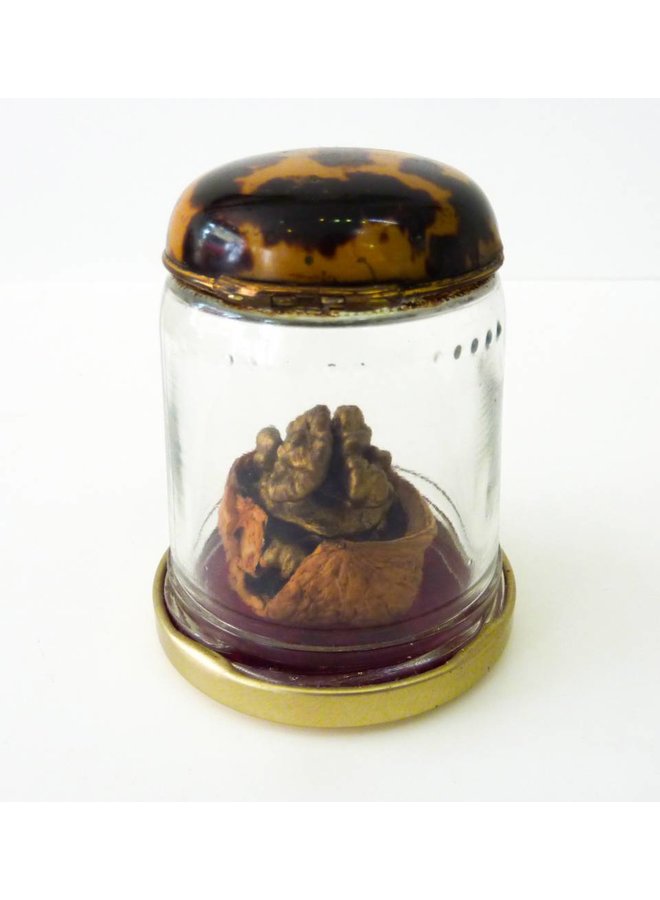Dada & Surrealism
As an art historical movement, Dada dates to the 1910s when artists in Zurich and Berlin such as Hannah Höch reacted to the horrors of the First World War. They used techniques such as collage and photomontage to juxtapose images and texts in surprising and sometimes shocking ways, challenging traditional conceptions of fine art by hosting rowdy performances. Emerging from Dada in the 1930s, Surrealism drew on dreams and the subconscious mind for inspiration. It questioned the relationship between mind and body, exploring human psychology and hidden desires.
While the drawings and paintings of artists such as Salvador Dali and Dorothea Tanning depicted unreal landscapes and situations, sculptural works by artists belonging to these movements often made use of everyday objects in unusual combinations. In Britain, Eileen Agar made her famous ‘Ceremonial Hat for Eating Bouillabaisse’ in 1937, which incorporated coral, sea-shells, sea-urchins and other found objects. These assemblage techniques would later be used by artists of the Pop Art and Arte Povera movements.
The influence of Surrealism and Dada is long-lasting, in both their challenge to the idea of “good taste” and their use of unusual materials. Surrealist works invite us to look beyond the visible world and engage with the unconscious and the unseen. They are sometimes disturbing, but are often playful. Contemporary artists that draw on the legacy of surrealist approaches frequently engage with the relationship between art and language, questioning the fundamental ways we create meaning and interpret the world.


